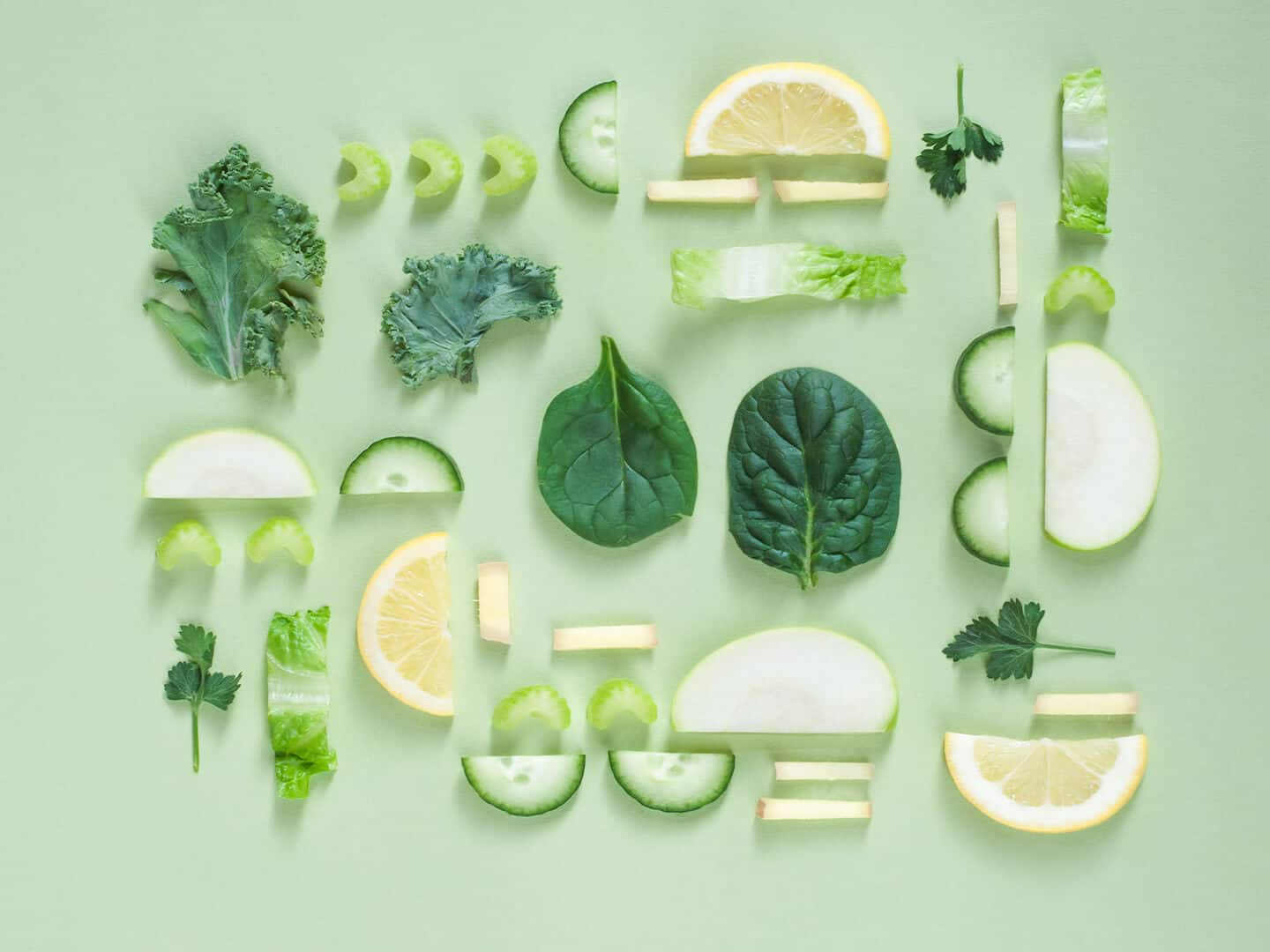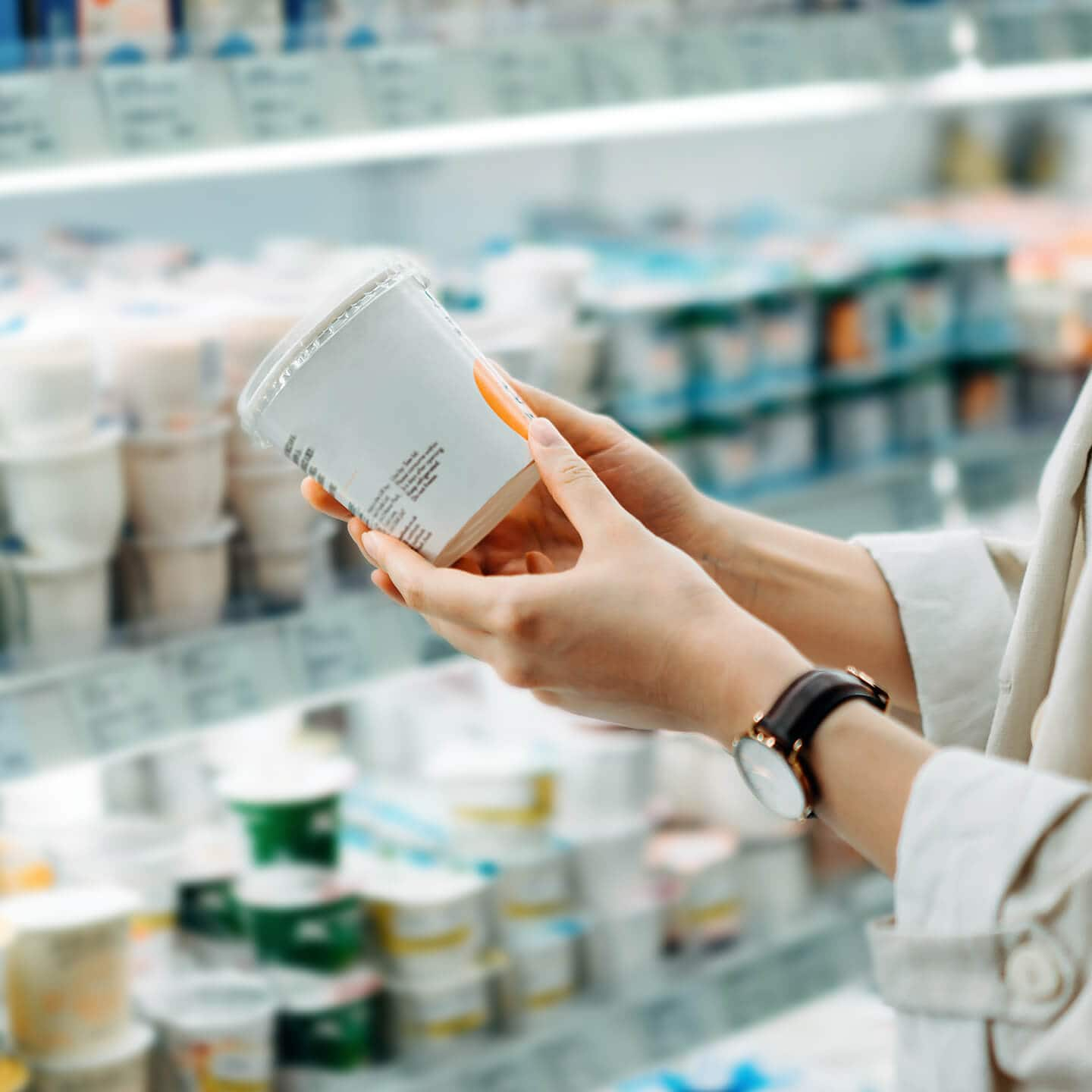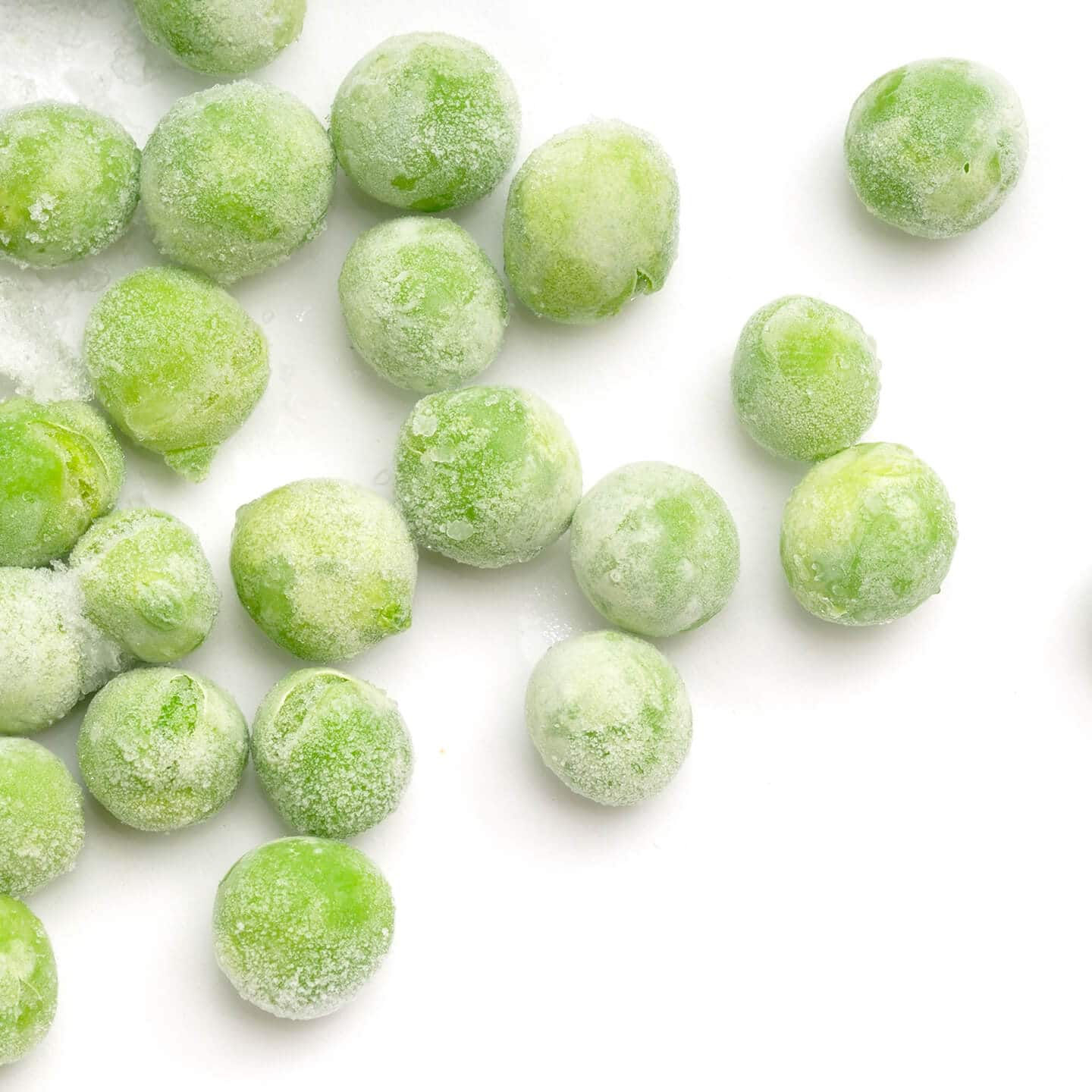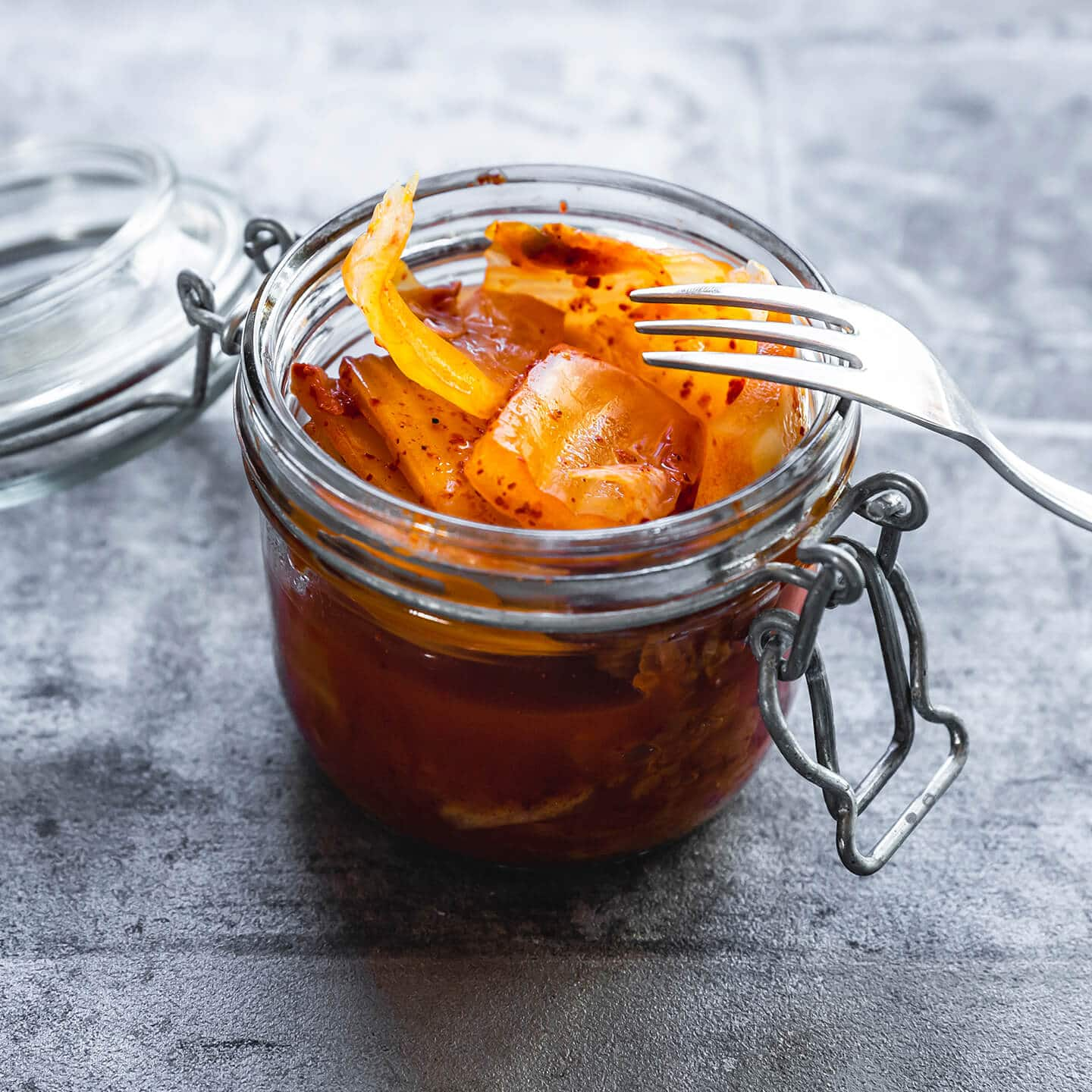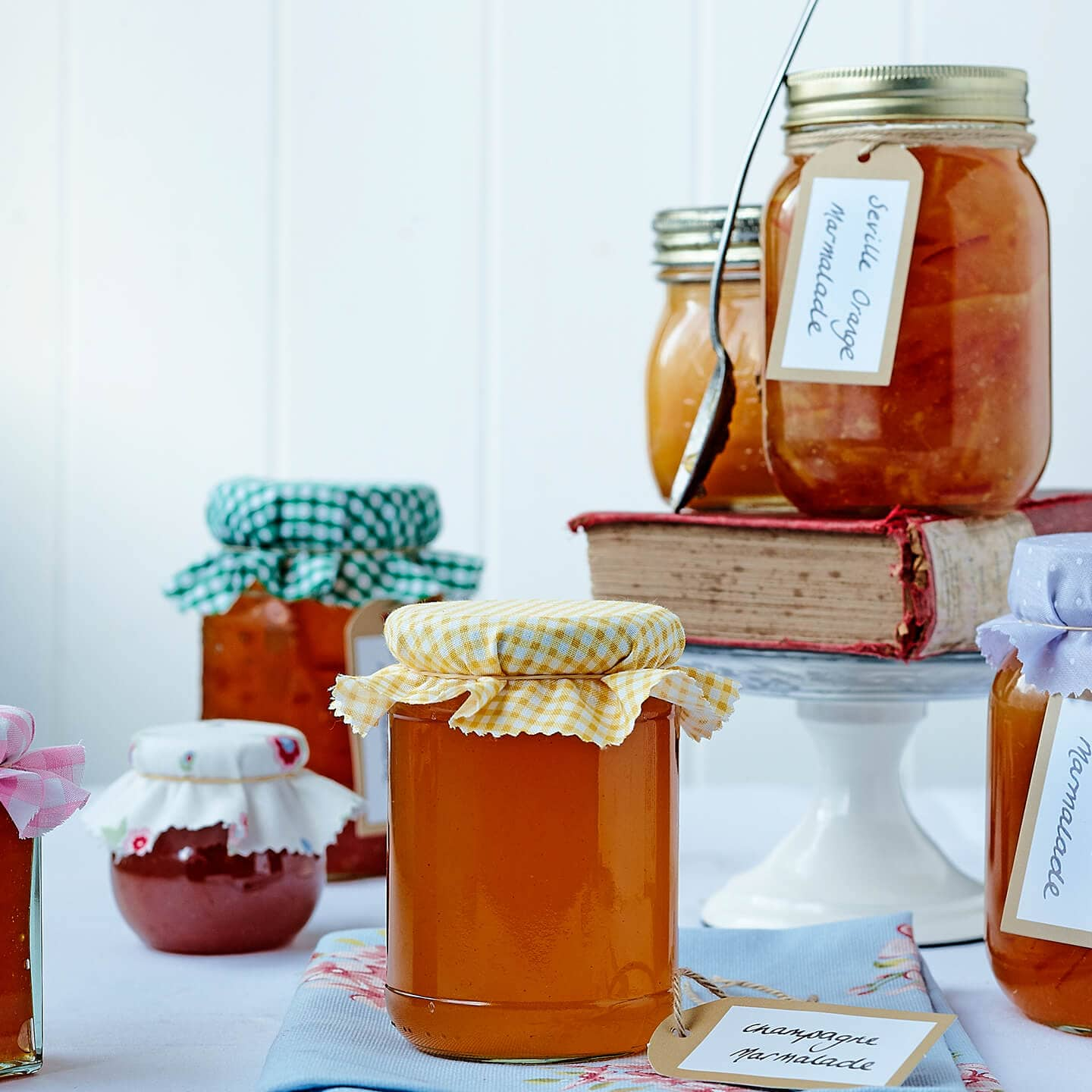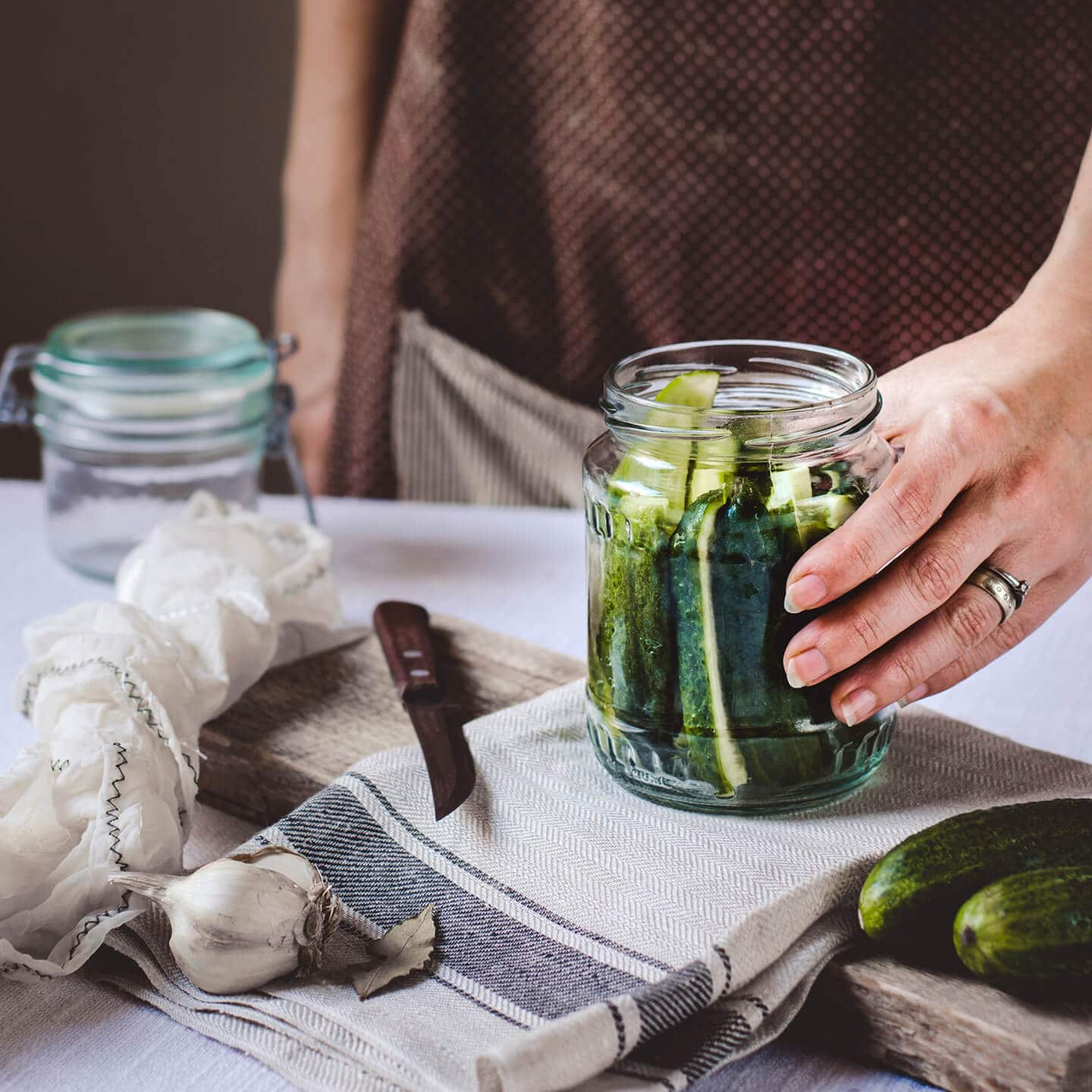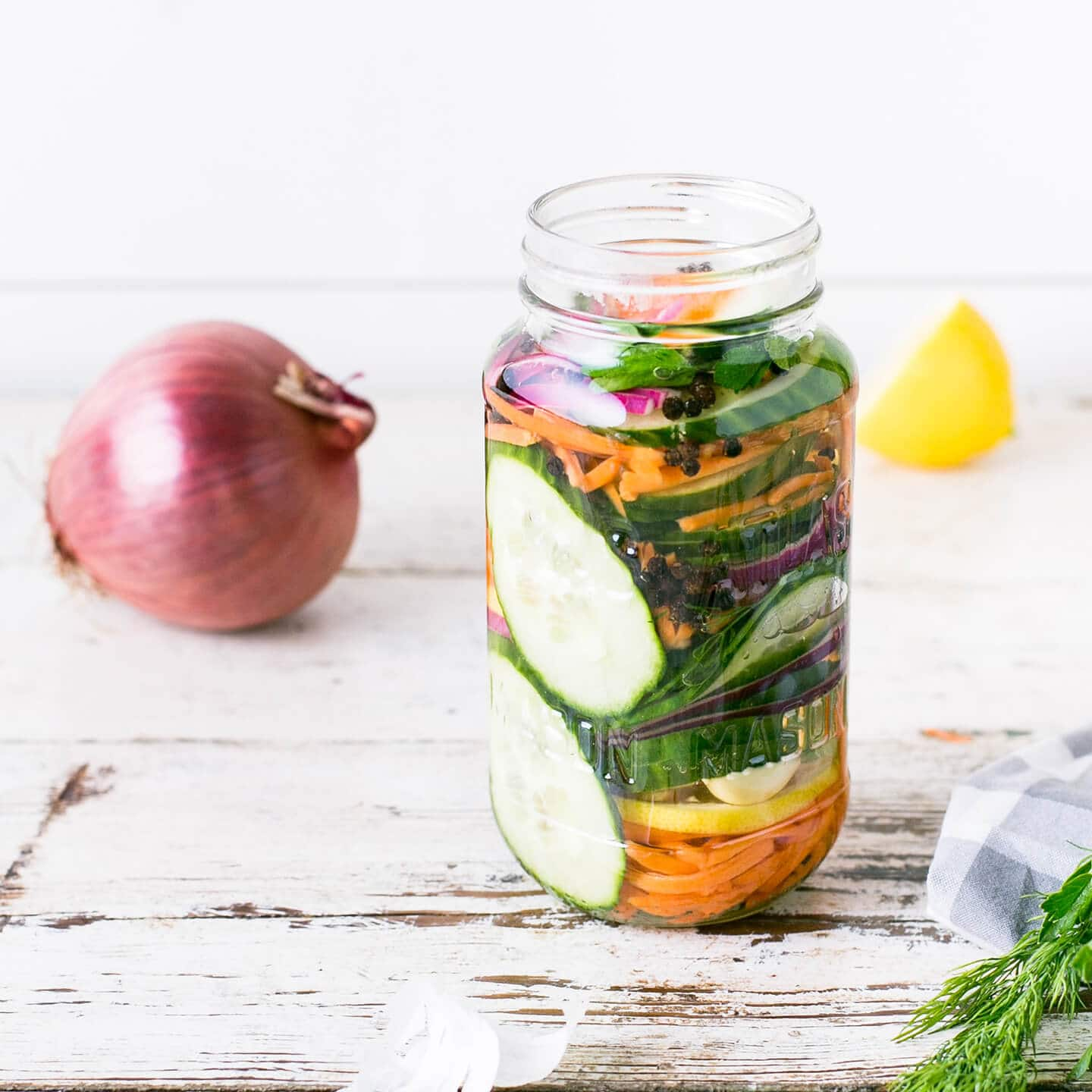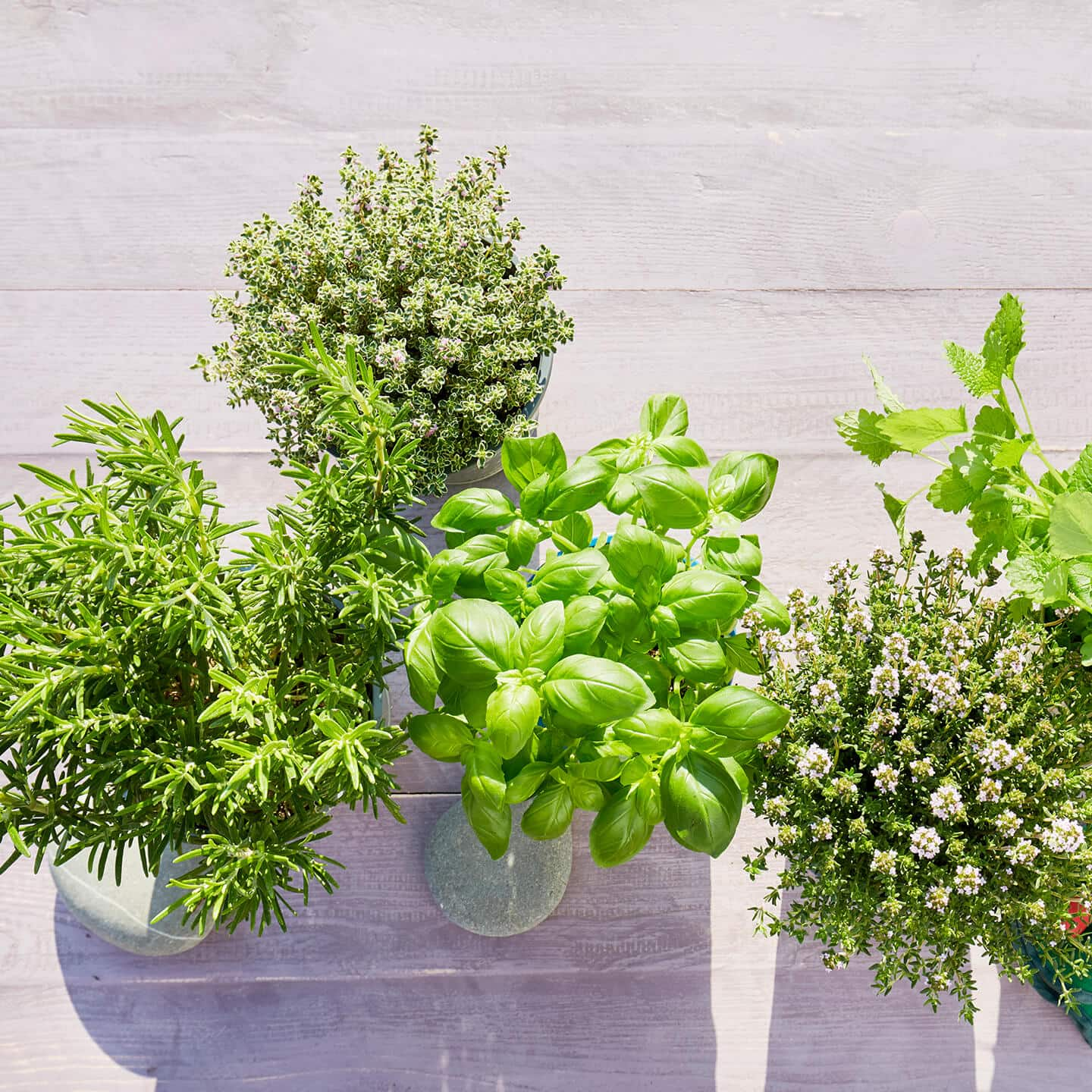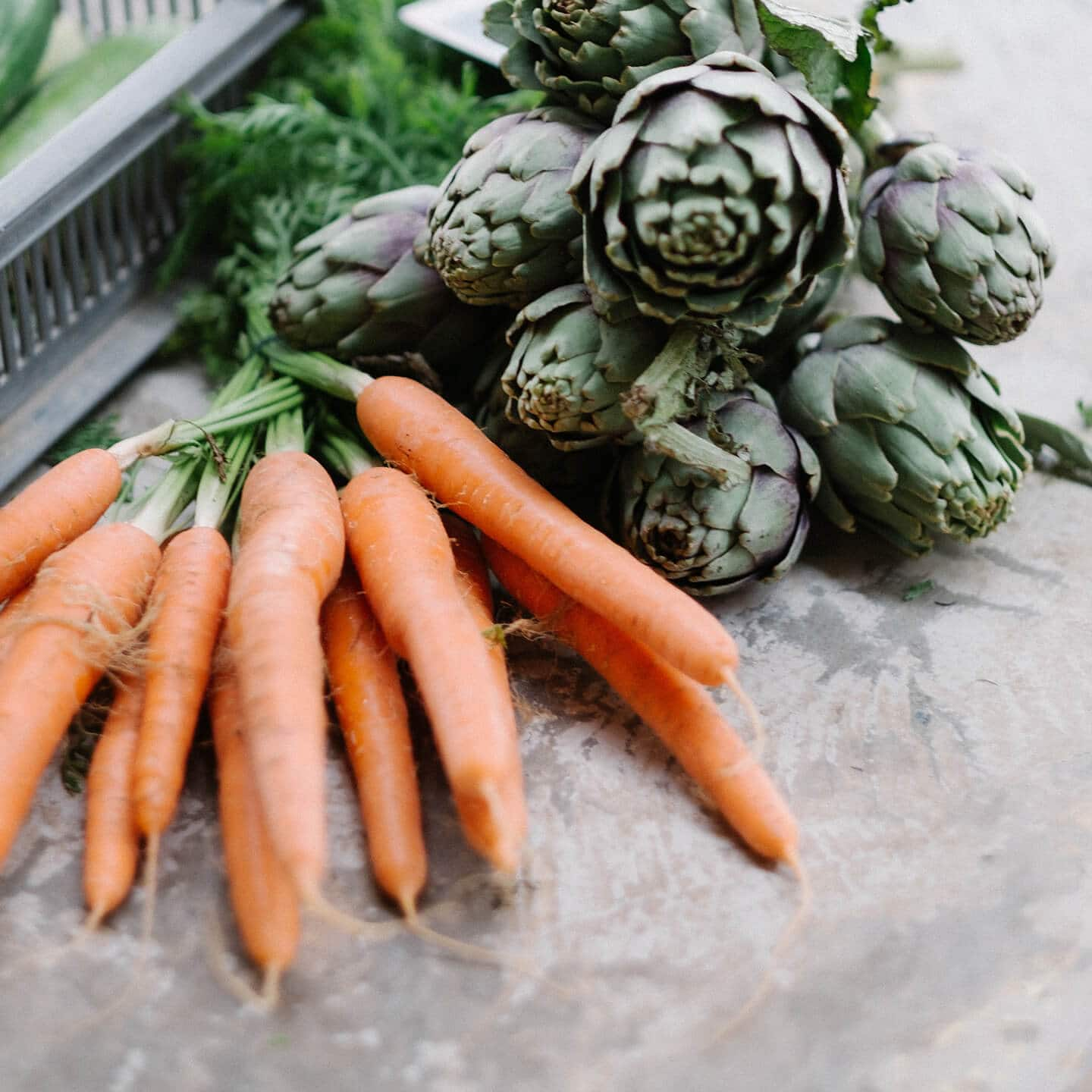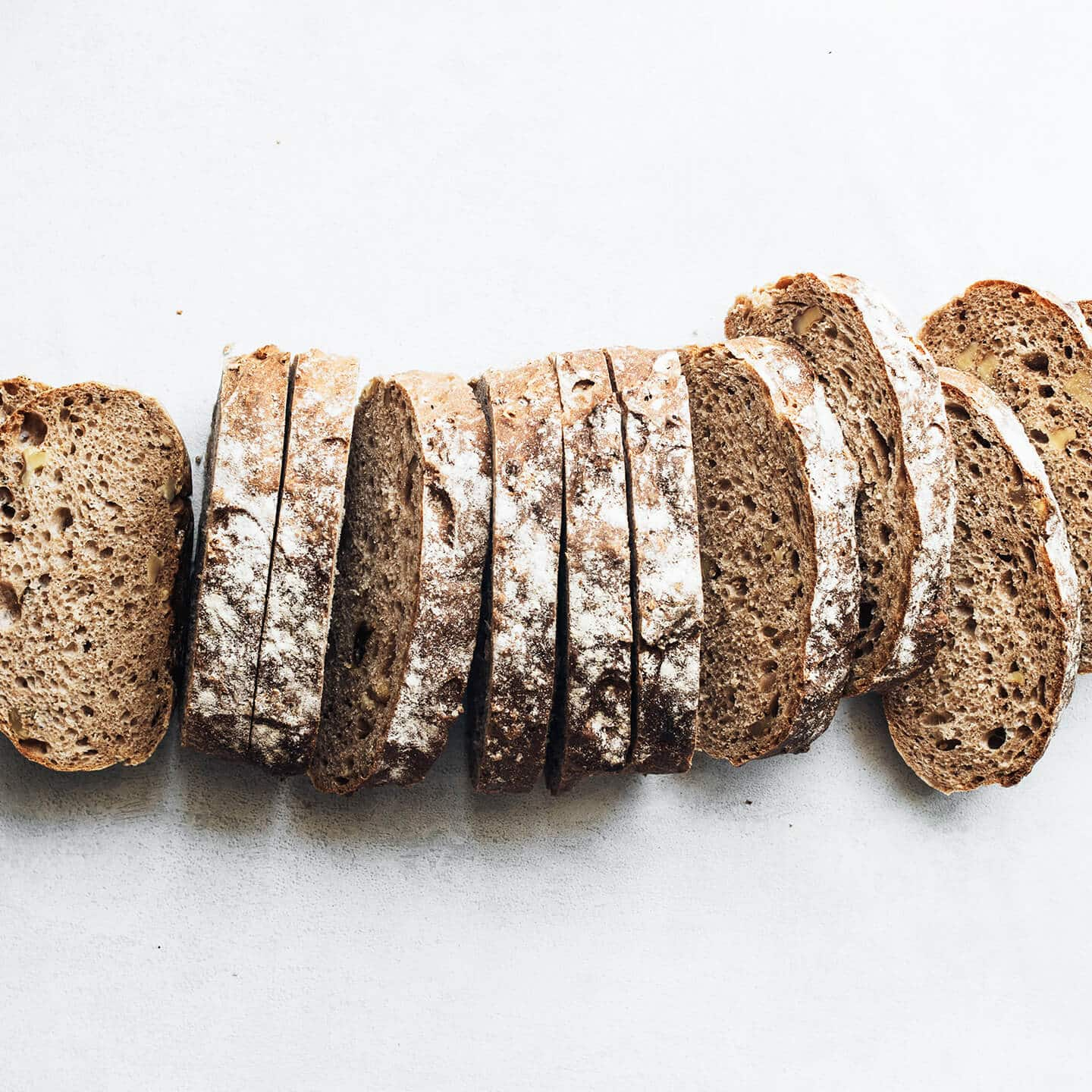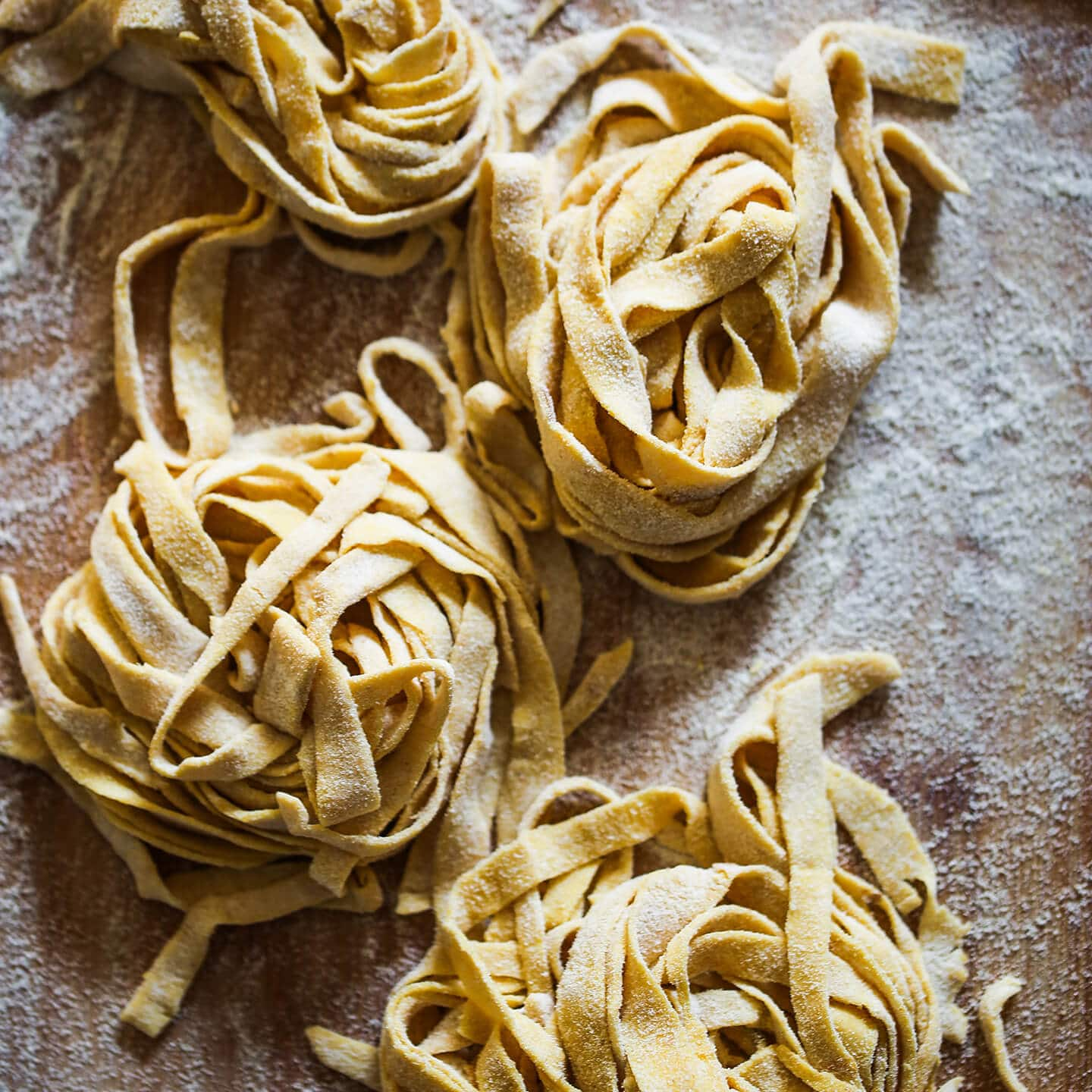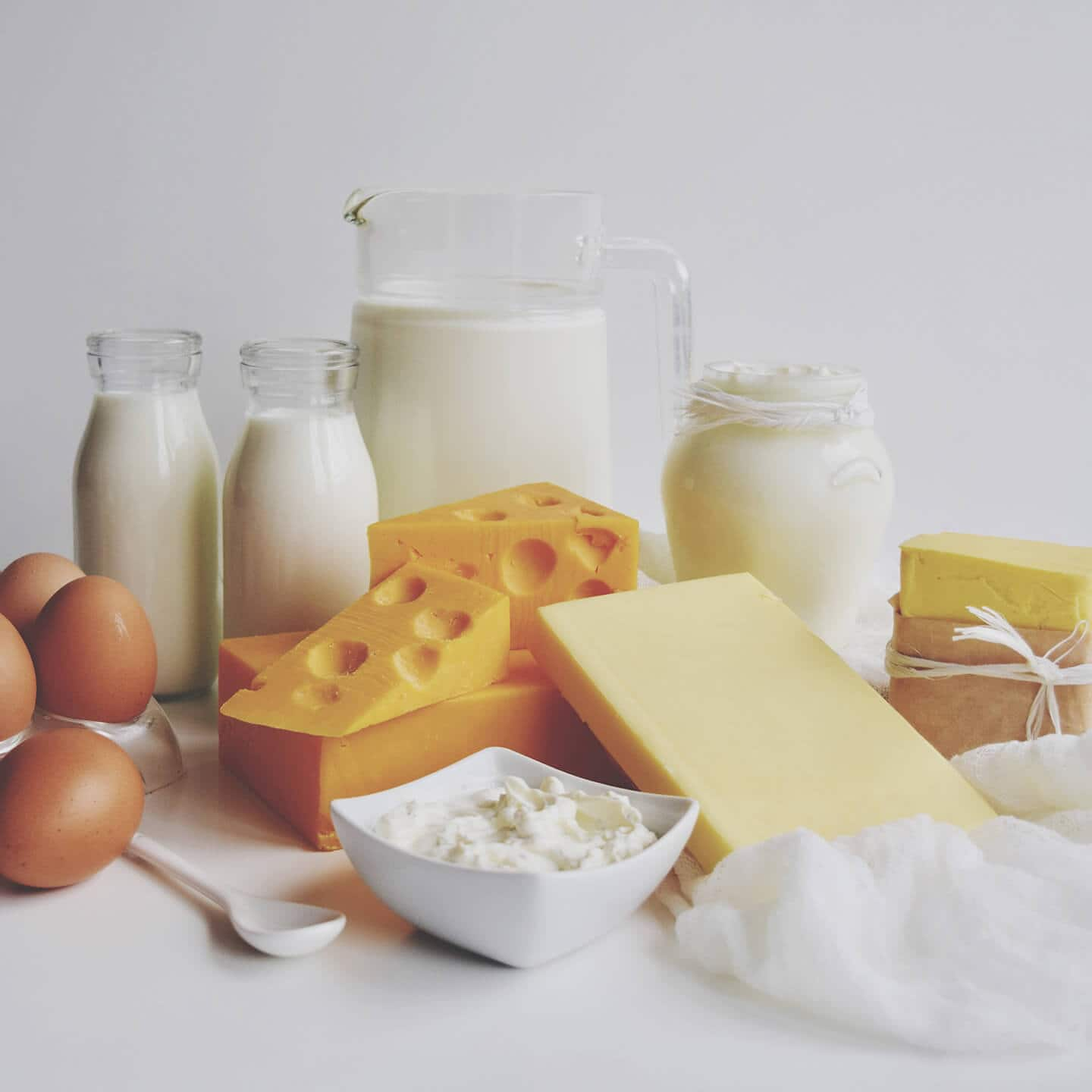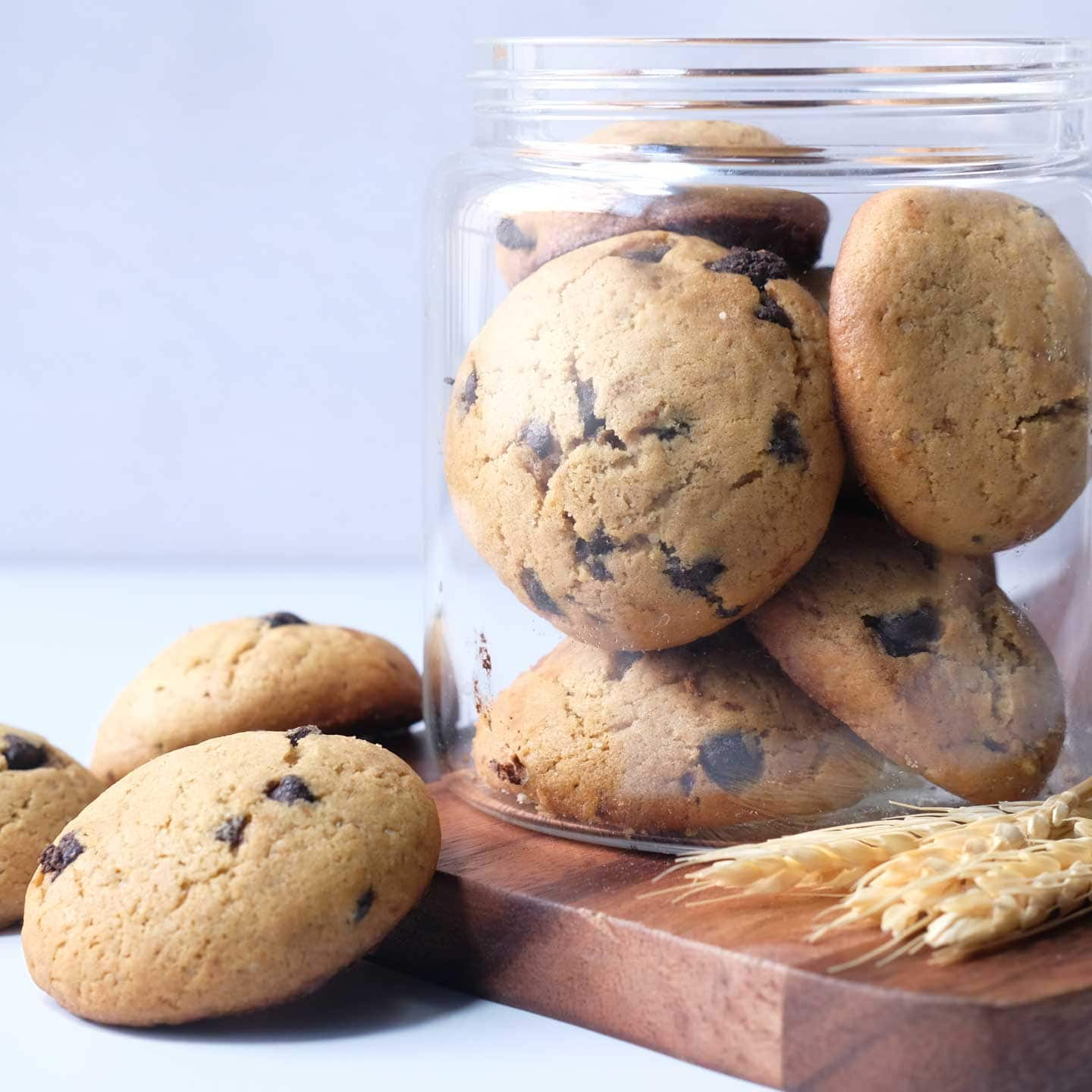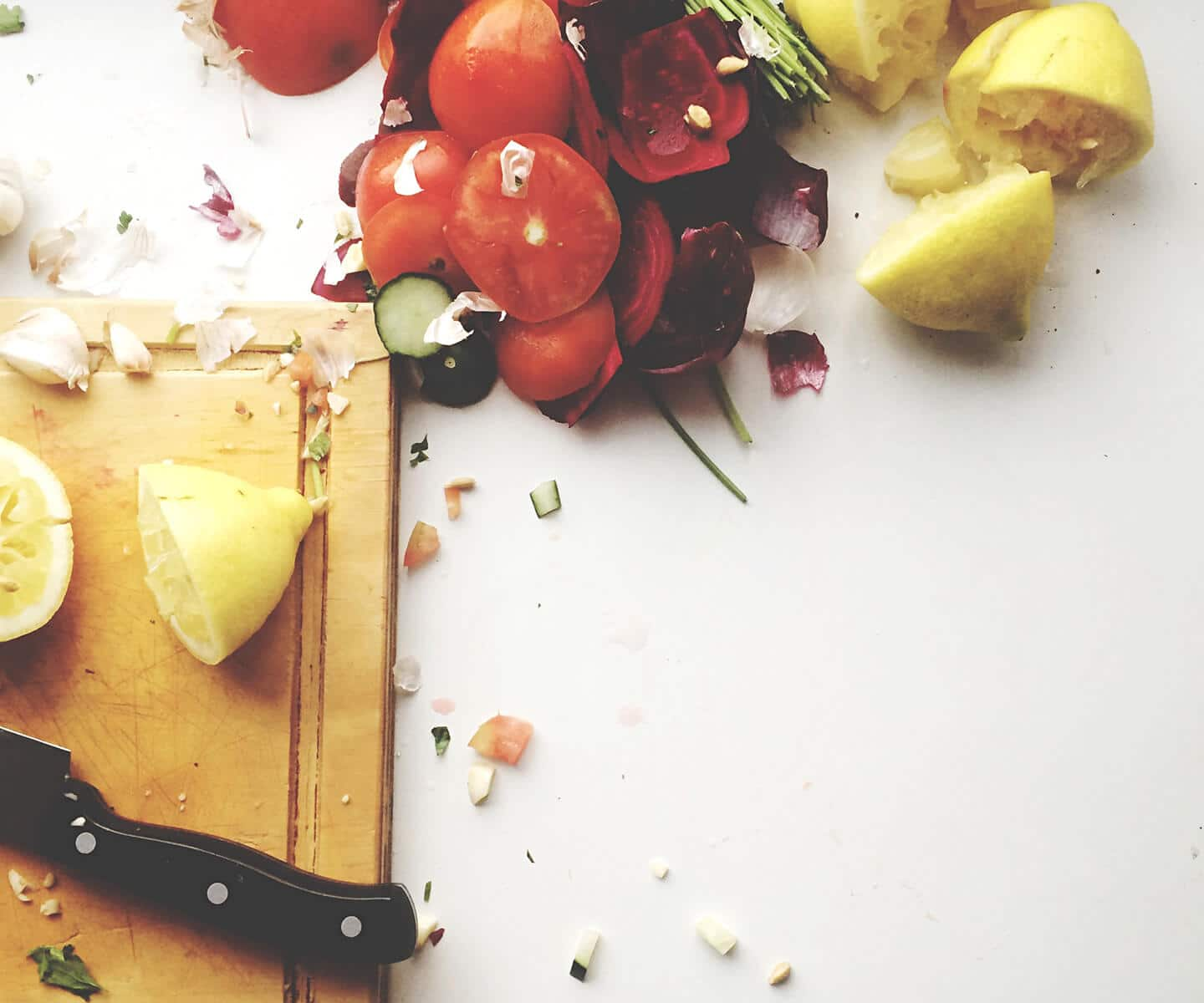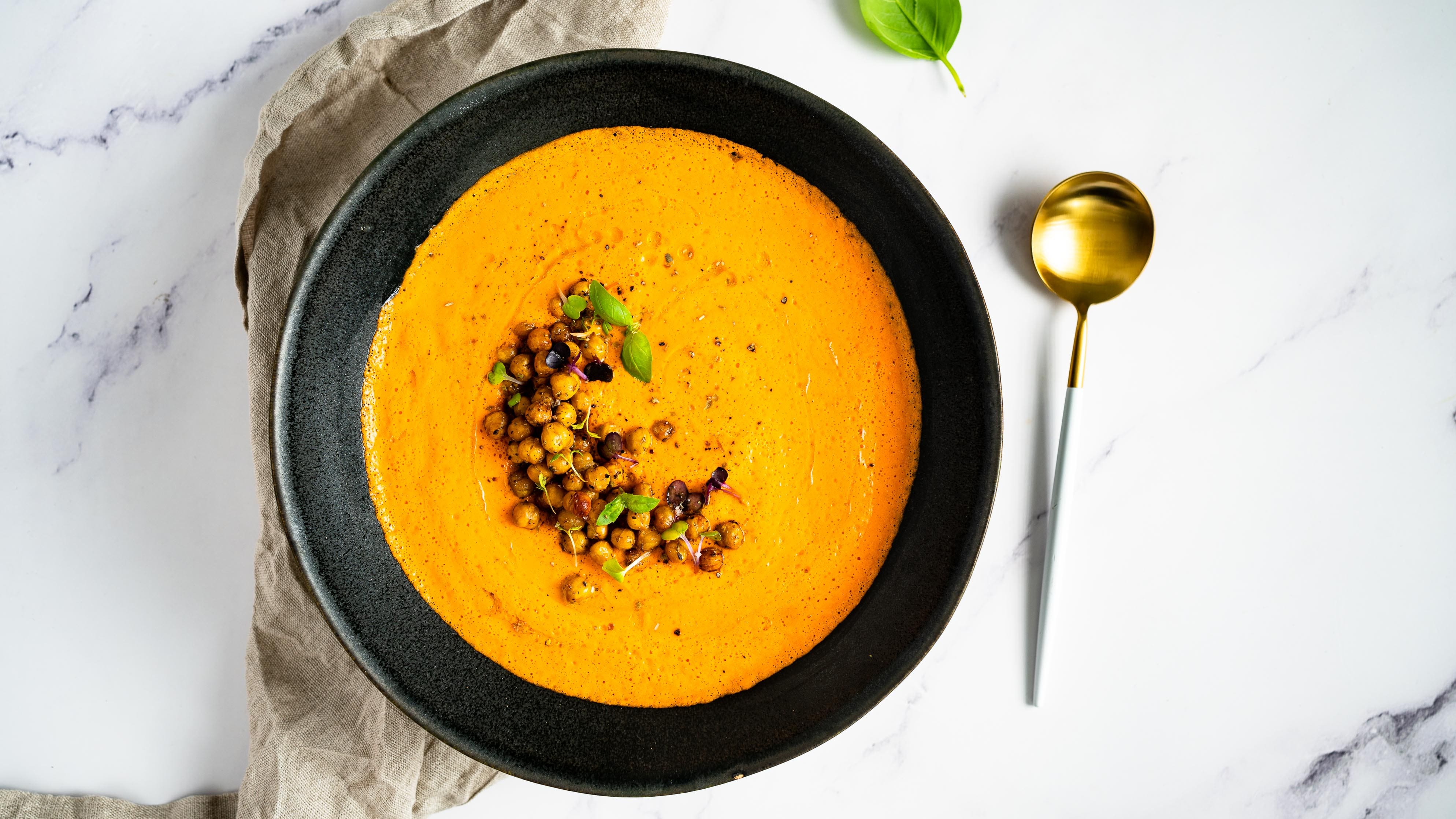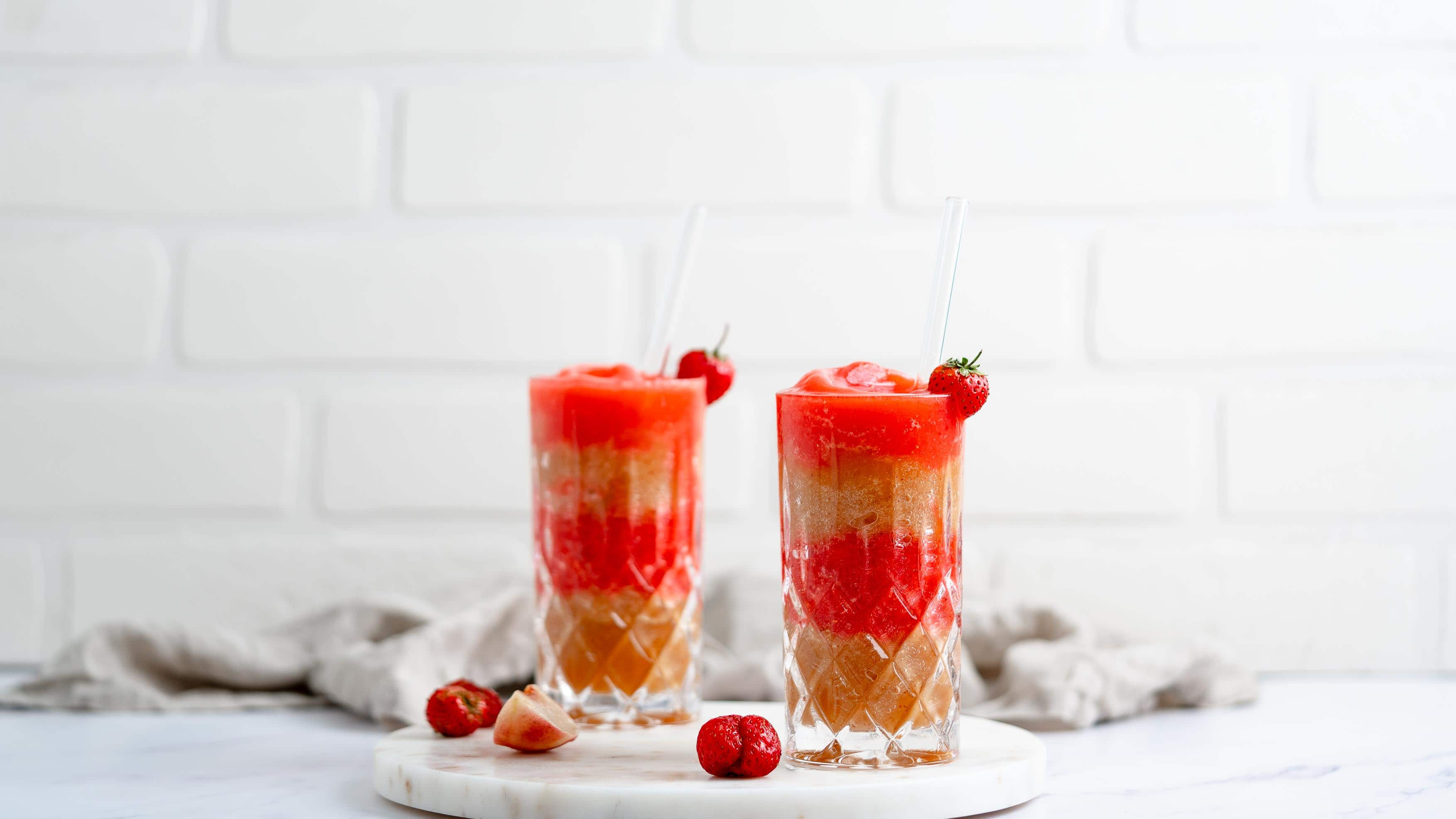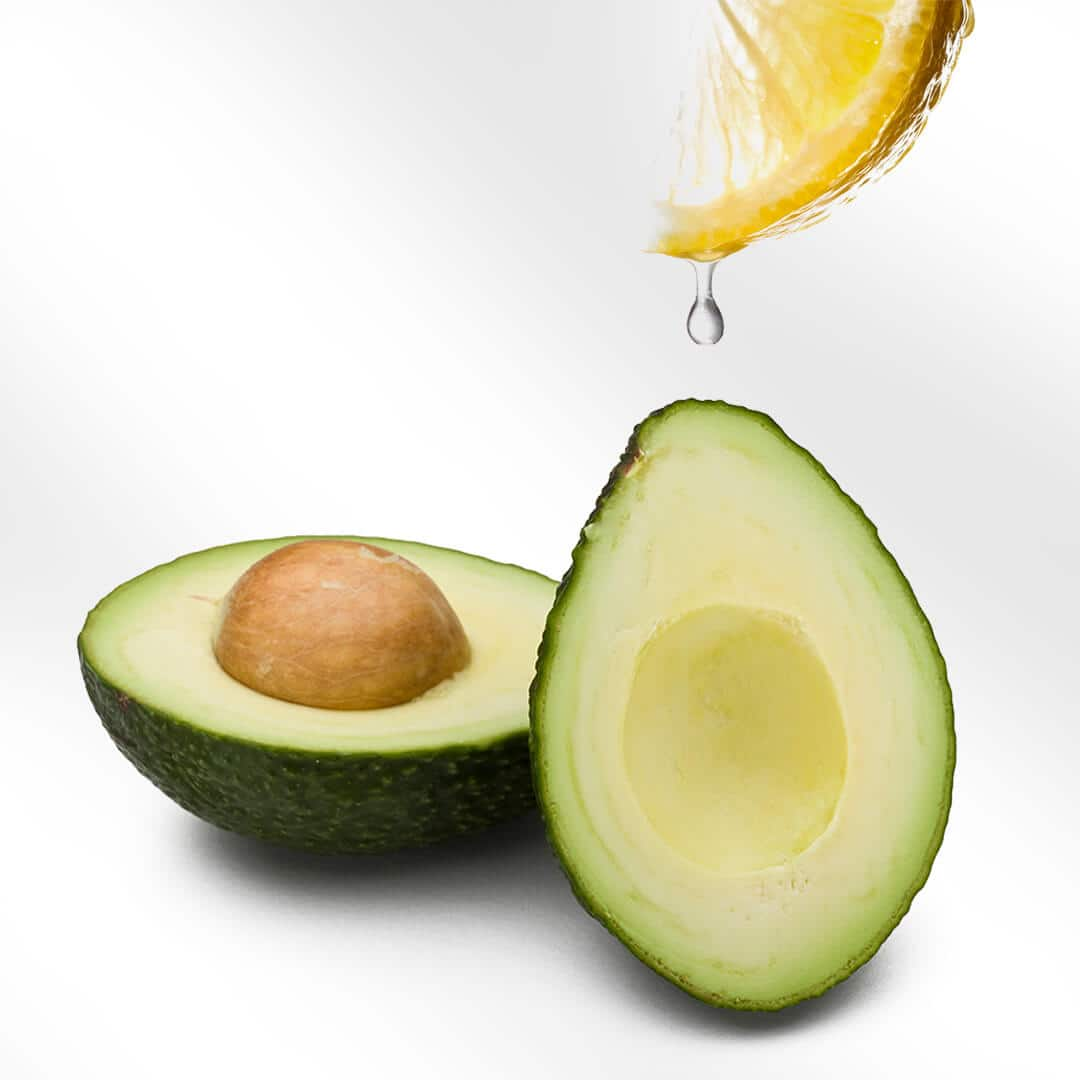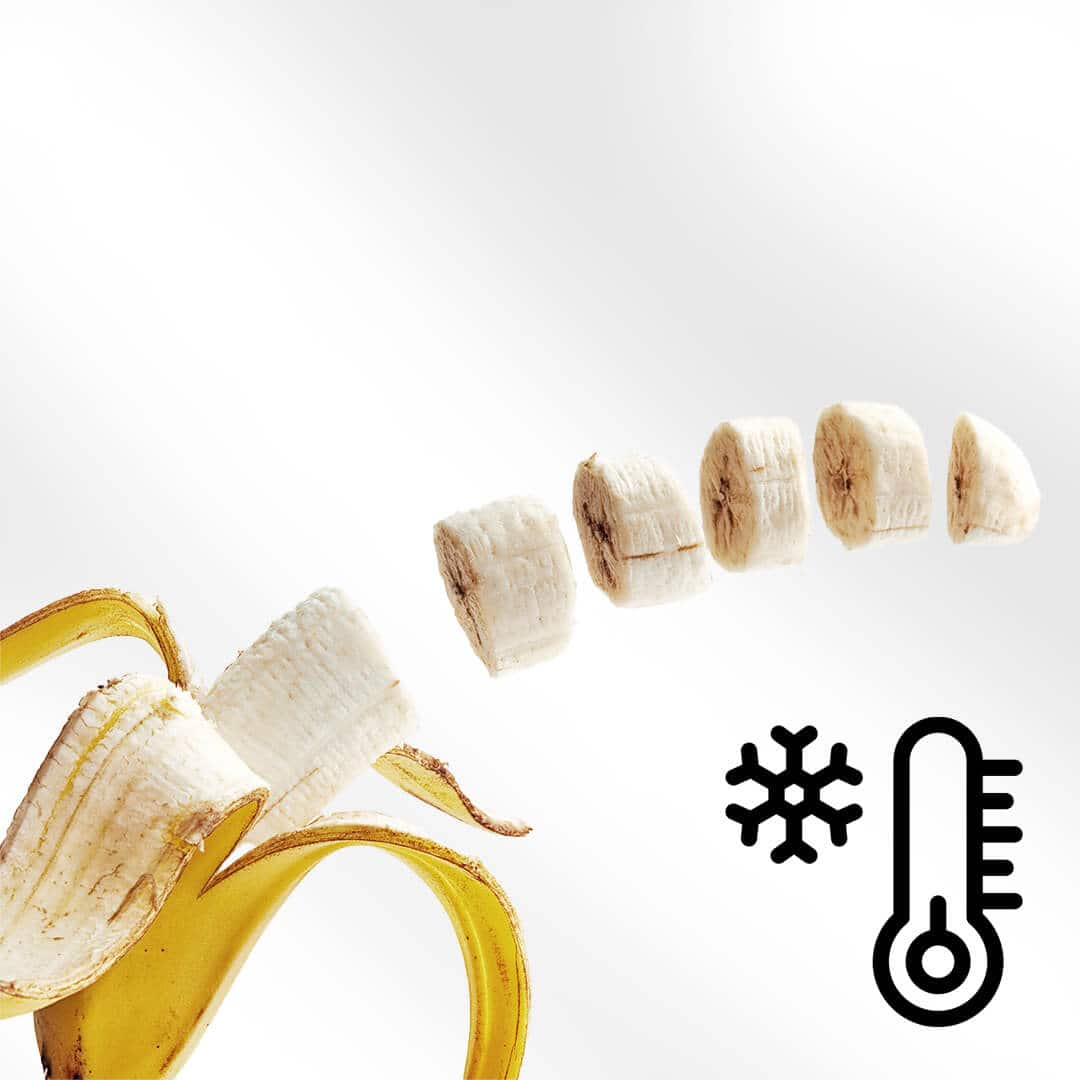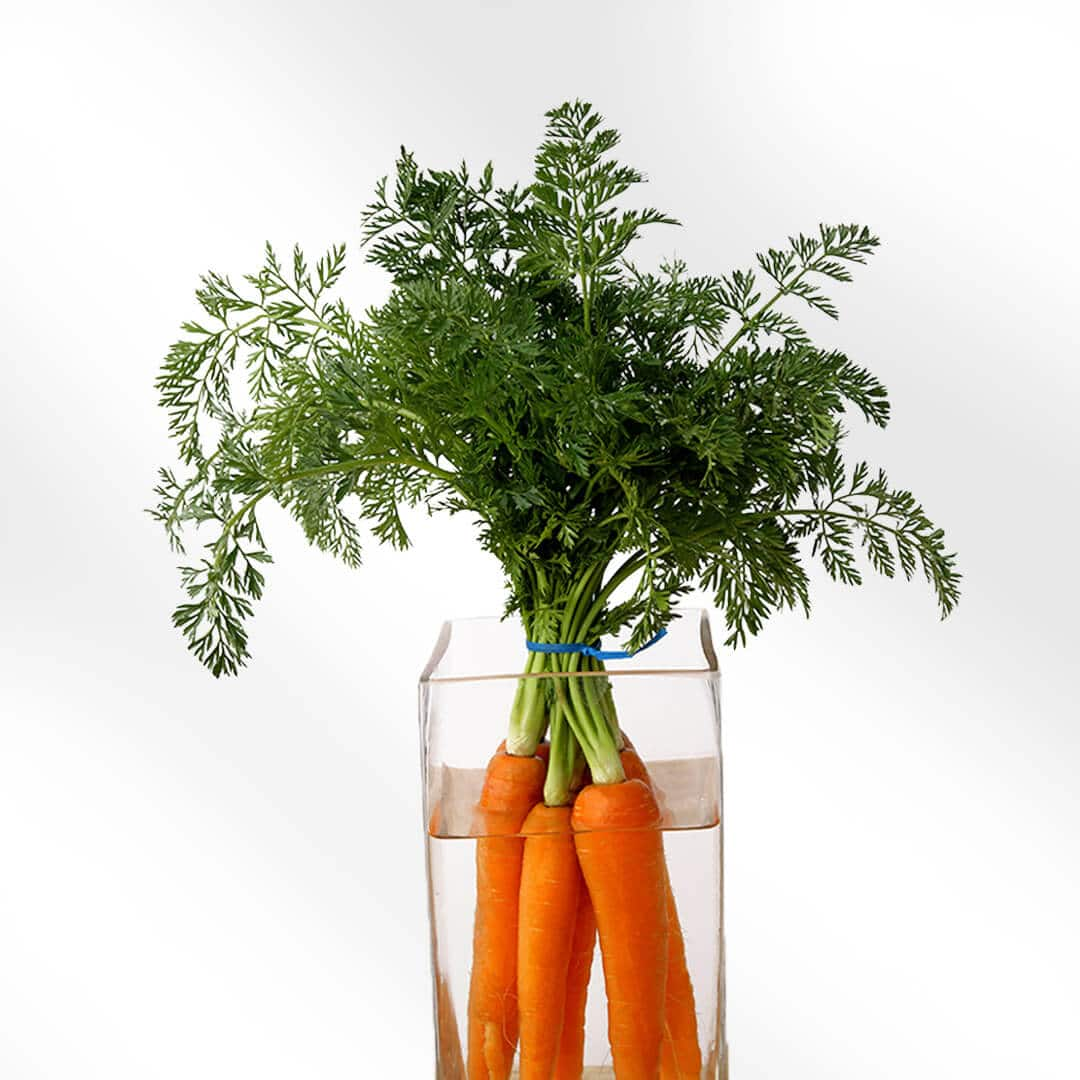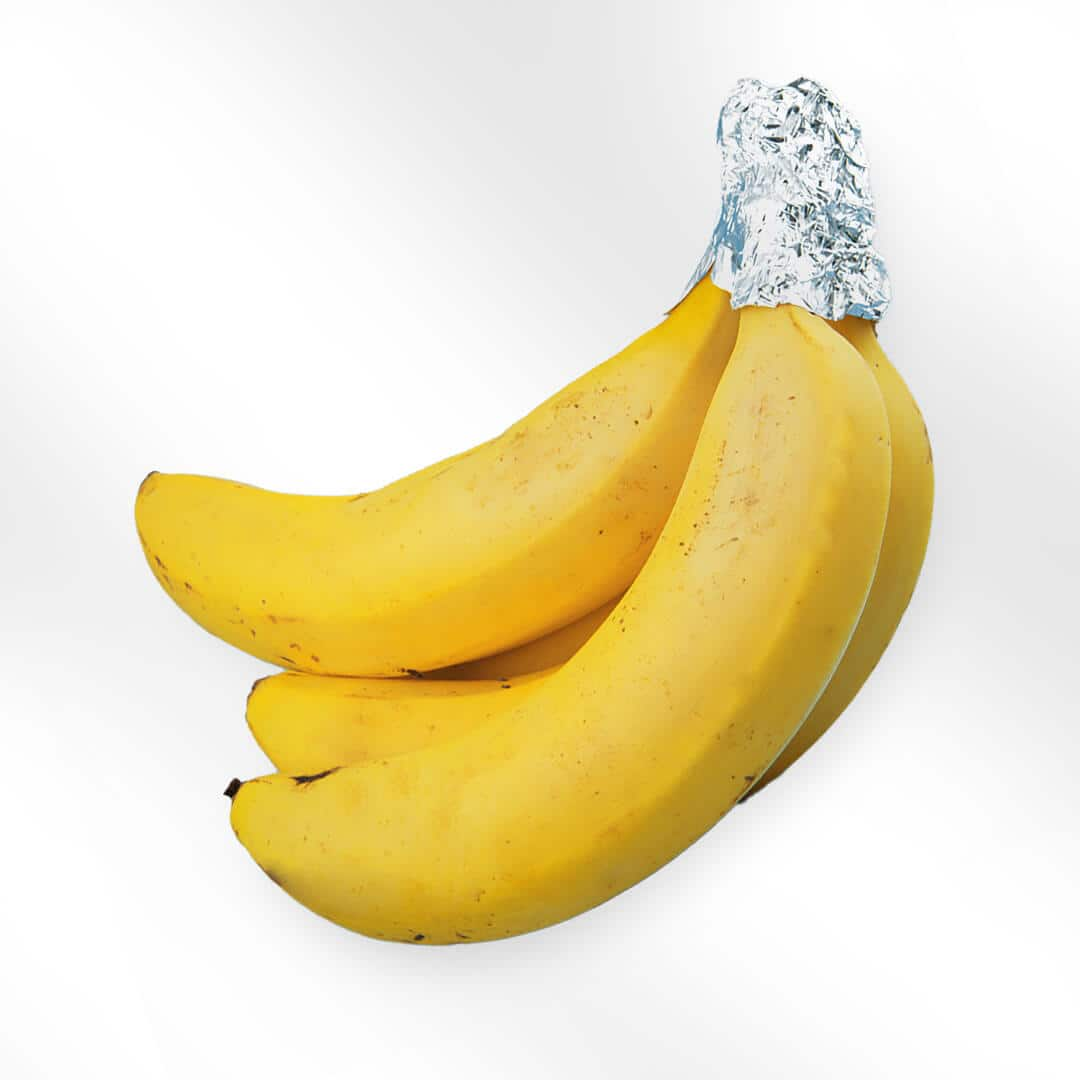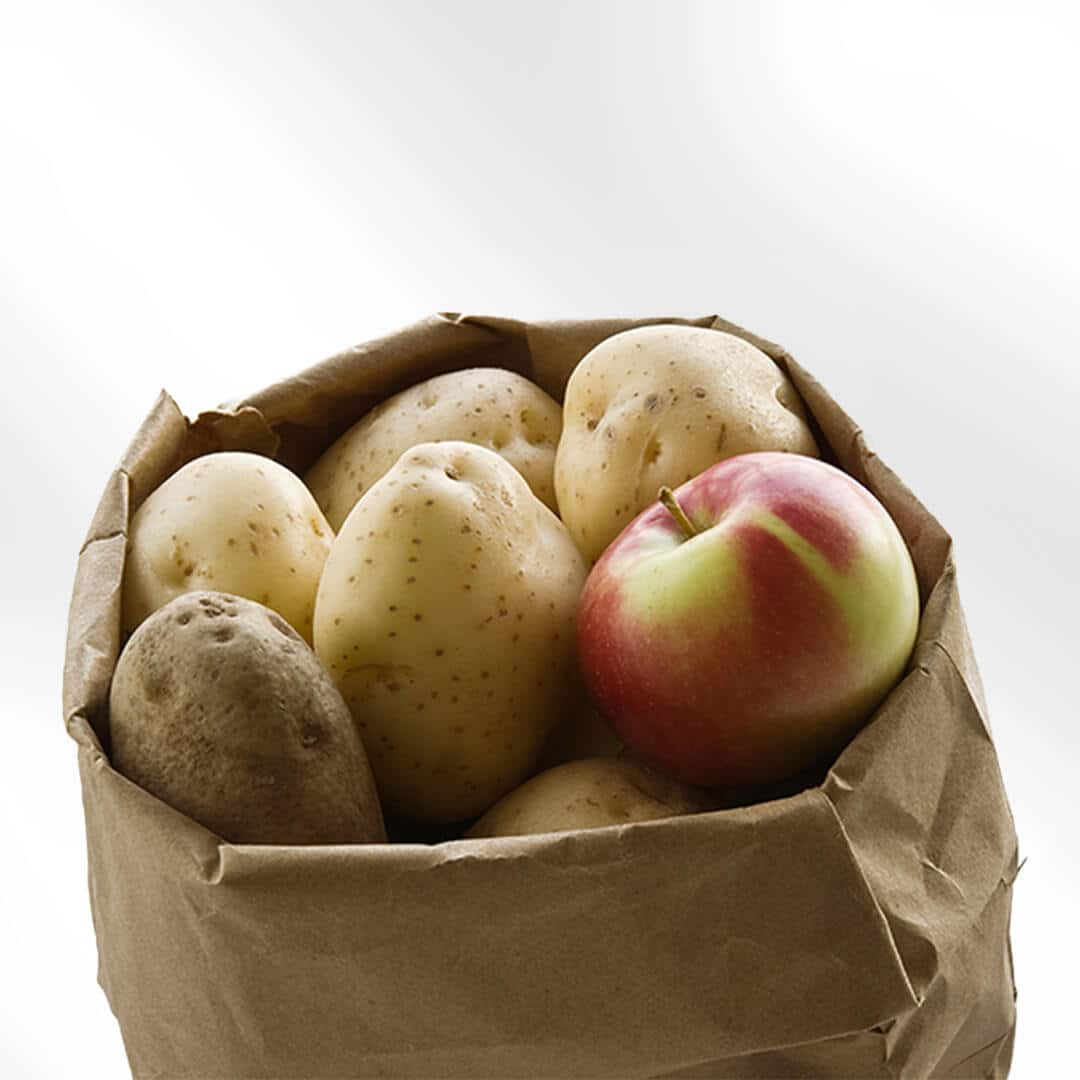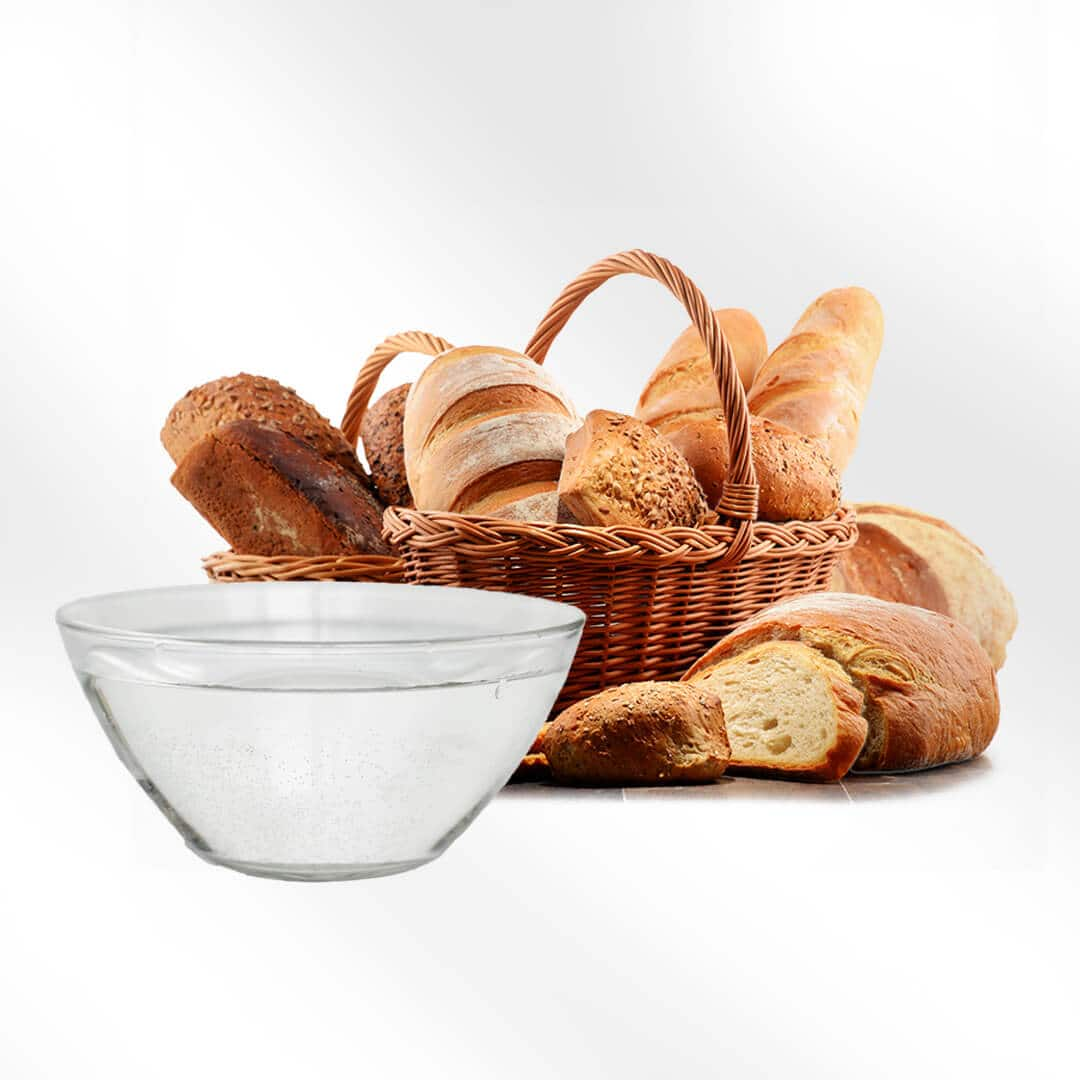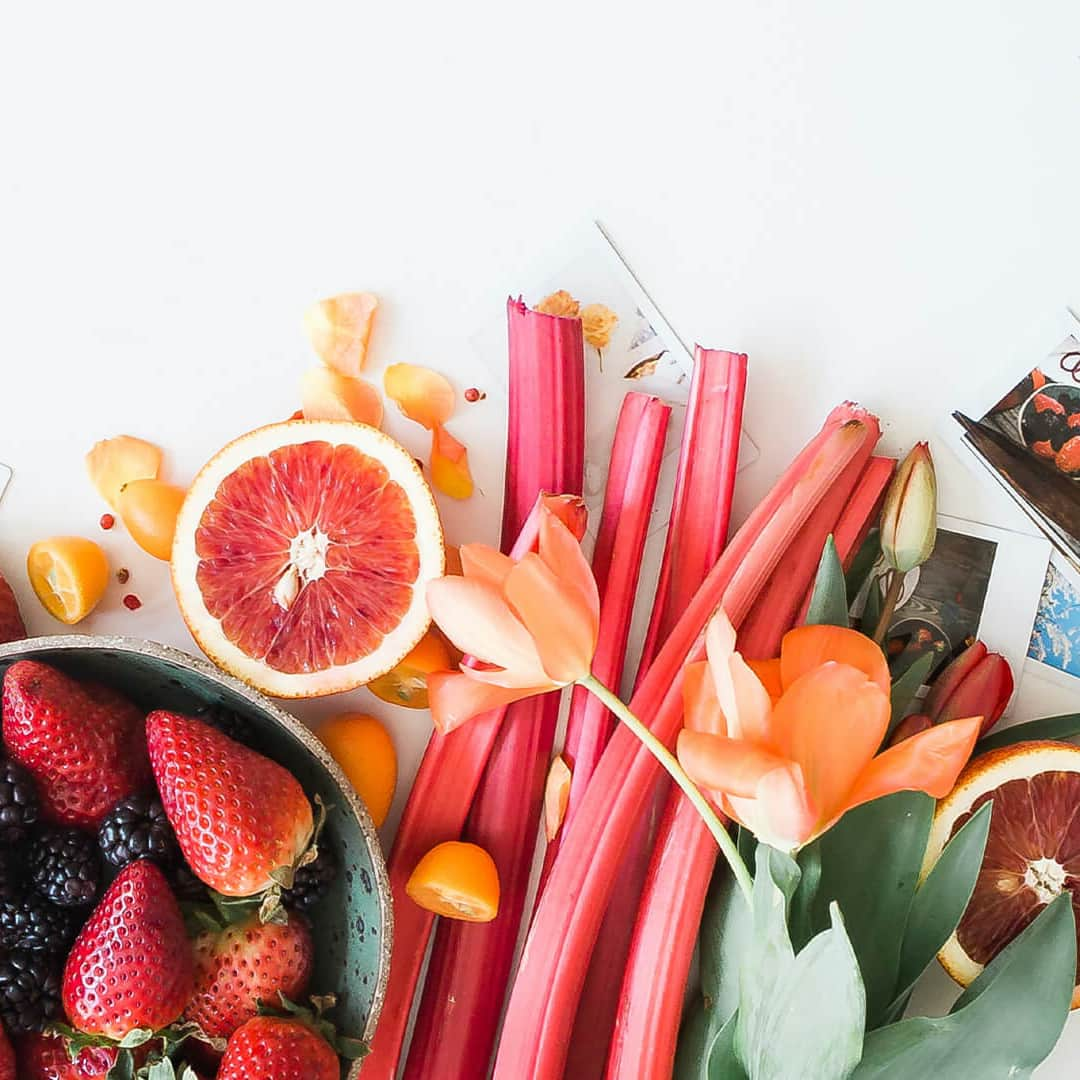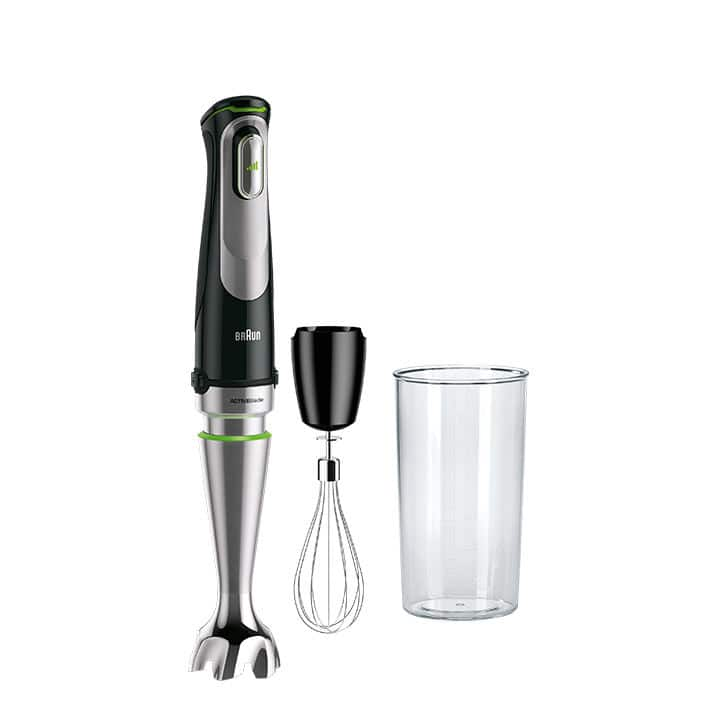Wat te doen met restjes? Laat je creativiteit erop los!
Gesneden groenten, de aardappelen van gisteren, overgebleven pudding: als je niet uitkijkt, staat je koelkast helemaal vol met kliekjes. Probeer restjes altijd nog ergens voor te gebruiken, je kunt er allerlei creatieve dingen mee doen. Gooi ze dus niet in de prullenbak, maar doe ze in een pan en bedenk iets nieuws. Samen met familie en vrienden koken met restjes kan heel leuk zijn!
Welke restjes er ook zijn en bij welke gelegenheid je ze ook wilt gebruiken, er is altijd wel een geschikt recept te vinden. Van oud brood, overgebleven tomaten en rucola kun je bijvoorbeeld heerlijke panzanella maken. En overgebleven fruit is perfect voor een smoothie of fruitsalade, lekker als gezond toetje. Gesneden paprika kun je met een half blikje maïs en rijst van gisteren omtoveren tot een smakelijke
vegetarische curry.
Heb je nog wat soep van gisteren over, maar is het te weinig voor een hele portie? Geen probleem! Je kunt de soep als basis voor een pasta- of noedelsaus gebruiken. En als het wat te weinig is, voeg je er nog wat fijngesneden groente en groentebouillon aan toe.
Bekijk onze recepten voor meer inspiratie om restjes creatief op te maken.

































